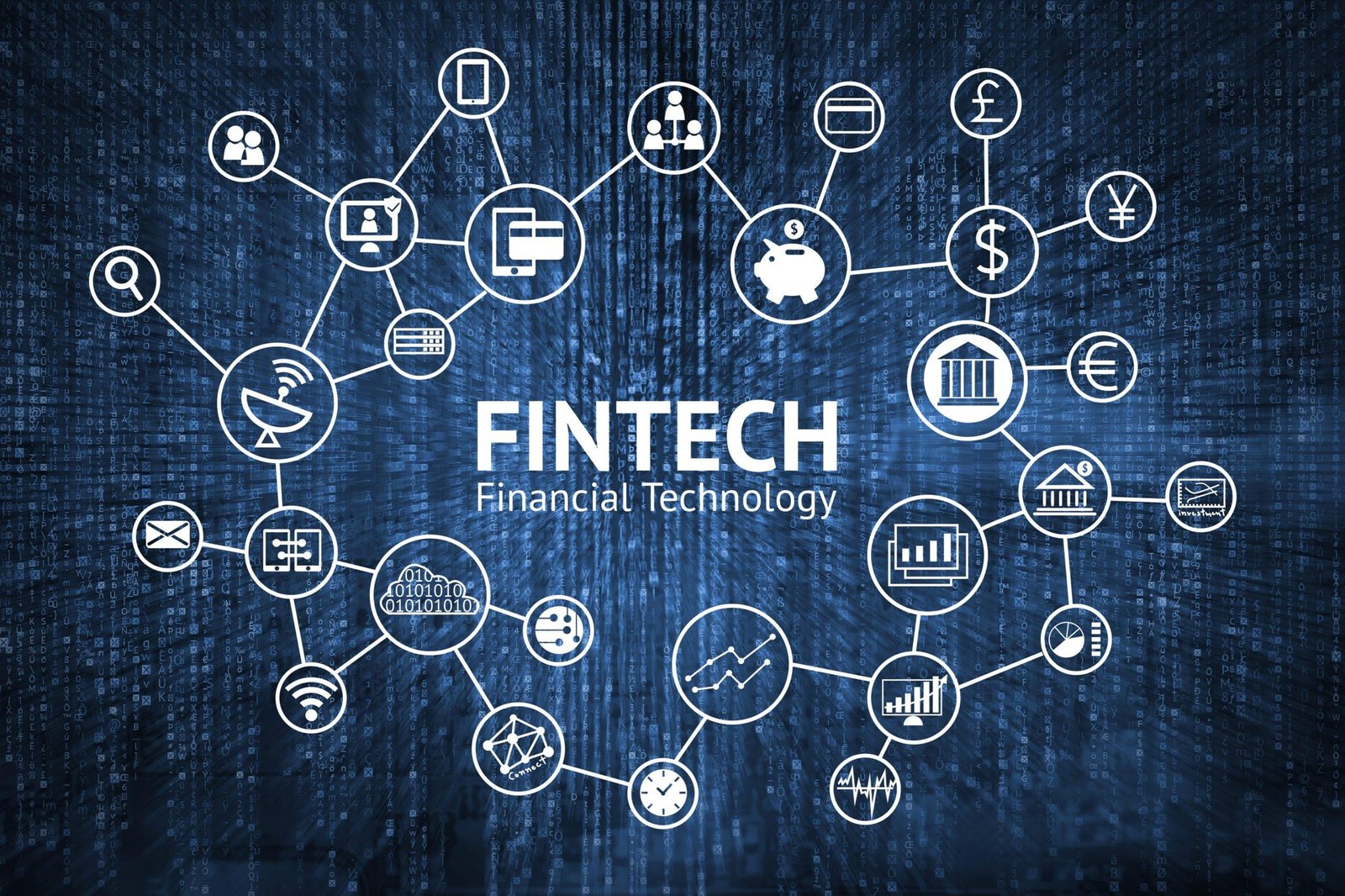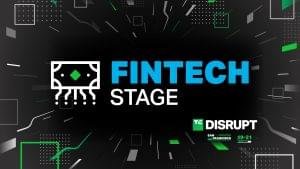“Fintech,” or financial technology, refers to any new technology that improves and automates the use of financial products and services. The following are the key six segments into which this technology is divided. Although there are a few more minor components, we have only highlighted the most important ones for the purposes of broad discussion while still providing pockets of incredibly specialized technology.
- PaaS (Payment as a Service)
- BaaS (Banking as a Service)
- IaaS (Insurtech as a Service)
- RaaS (RegTech as a Service)
- Cybersecurity
- WaaS (Wealthtech as a Service)
- Blockchain
The graphic below depicts Fintech investment across its various components. Digital payments is the most competitive funding sector.
1. Payment is the first key FinTech segment
Digital payments are made digitally; no cash is exchanged. An e-payment is a technique that involves transferring money from one account to another while using a digital device for each party, such as a computer, smart phone, credit, debit, or prepaid card. In 2022, investments increased from $60.3 billion in 2021 to $43.6 billion. the acquisition of an Australian company Following Block’s (formerly Square’s) $27.9 billion acquisition, which was also the largest fintech transaction ever, came Thomas Bravo’s private equity firm’s $2.6 billion acquisition of Bottomline Technologies and Checkout.com’s $1 billion venture capital financing.
2. Banking as a Service (BaaS) is a second significant FinTech market
The phrase “banking-as-a-service” refers to non-traditional firms (typically Fintechs) that provide banking services and products digitally via third-party distributors. The global BaaS market was forecast to be $2.41 billion in 2020 and is expected to grow at a 17.1% annual rate to $11.34 billion by 2030. Banking as a service allows third-party organizations to use existing financial services through APIs that connect banks and outside parties. Non-financial enterprises, programmers, developers, and fintech organizations can use these APIs to access specific banking services.
It also extends its presence to non-banking firms that want to provide their consumers with banking offices in addition to their product offerings. It establishes a single platform to facilitate faster and easier access to financial services. For example, an e-commerce website’s checkout page will provide instant lending services in addition to a number of payment options, such as BNPL. Banks are collaborating with fintech firms to innovate financial services, and BaaS will support the ecosystem of a general finance product. According to this viewpoint, the development of BaaS and its associated goods and services is critical to the future of Fintech. It was highly influenced by mobile-first and digital transformation concepts.
3. Insurtech is the third most important FinTech industry
The phrase “Insurtech,” a combination of “Insurance” and “Technology,” refers to the convergence of the insurance sector, disruptive innovation approaches, and digitization. The recent application of cutting-edge methodology in the insurance sector, such as AI, ML, or big data, as well as the advent of startups, focused on delivering this sort of solution to build disruptive insurance products that gave the overall concept an advantage. Here are a few advantages:
- Decreasing the cost of acquiring and onboarding new clients.
- The possibility for borderless global economic expansion.
- Enhance the user experience while also automating customer acquisition.
- Remotely and online, it offers a variety of techniques, contracts, and items.
- Improving fraud detection and security.
- Maintaining the highest technological and legal security standards while bringing on new clients both offline and online.
Damco Group,
DXC Technology Company, Quantemplate, Acko, Digit, and Easy Policy are among the companies in this area. These businesses are growing as the insurance market heats up due to a rise in insurance policyholders, despite the fact that the industry did slow down during the global financial crisis.
Insurtech firms use cutting-edge technologies to develop customer-focused insurance services and solutions such as insurance comparison websites, employee group insurance plans, and digital insurance. Insurance infrastructure API, underwriting services, claims administration, customizing insurance products, and policy management system services can all be used to enable these services. Investment in the insurtech sector has decreased substantially, from $14.8 billion in 2021 to $3.8 billion globally in 2022. TriNet’s $220 million acquisition of Zenefits, based in the United States, was the year’s largest insurance technology transaction.
NYDOZ is a Fintech company
NYDOZ is a global leader in financial technology, developing solutions that will shape the lives of all global economy participants. Our comprehensive investment platform, which includes professional insights and a range of advanced portfolio management tools, provides access to top-tier investment options.
Security is a larger worry in the investing world than it has ever been. Nydoz takes this seriously, and we exceed our investors’ expectations by providing industry-leading security, such as end-to-end encryption, proactive cybersecurity, and industry-leading credential protection. We are committed to impacting the future of the global economy and establishing a more equitable financial landscape by partnering with investors like you.
By contributing to our R&D and marketing activities, you not only help us produce cutting-edge fintech solutions, but you also benefit from significant returns on your investment. A fixed-interest-rate return provides a secure and predictable revenue source while contributing to future disruptive innovations.
4. Regtech is the fourth and most important FinTech segment
The concept of RegTech as a Service (RaaS) encourages financial institutions (FIs) to perceive regtech as a tool for improving operational efficiency and regulatory compliance. a fintech subgroup focused on advancements that could meet administrative needs more effectively and realistically than present capabilities. Regulatory innovation firms use innovation to simplify client compliance, resulting in reduced opposition and streamlined client onboarding procedures. RegTech companies offer services such as KYC and ID verification, charge consistency, computerized onboarding, AML consistency, misrepresentation discovery tools, and risk the executive’s devices and programming that share an understanding of administrative requirements and assist them in easily complying with those requirements. ClearTax, EaseMyGST, and Khata Book are leaders in the RegTech industry by offering a variety of consistency-related administrations.
ACTICO GmbH, Broad-ridge Financial Solutions, Inc., Deloitte Touche Tohmatsu Limited, Jumio, MetricStream Inc., NICE, PwC, and Thomson Reuters dominate the global regtech market.
Global investment in regulatory technology enterprises totaled $5.6 billion. The majority of regtech investments have come from the United States, most notably Blackline’s $240 million purchase of FourQ and Thomas Bravo’s $2.6 billion purchase of Bottomline Technologies.
5. The fifth most important FinTech segment is cybersecurity
Internet security is more than just risk management; it is also an important role in molding product capacity, hierarchical viability, and CRM. Although innovation in cybersecurity has always been a never-ending race, it is now happening more swiftly. Businesses continue to invest in innovation in order to keep their enterprises. They are currently adding more frameworks to their IT organizations in order to support remote work, improve the customer experience, and develop respect, which may result in new hazards.
Four big US fundraisers, including $550 million by Fireblocks, $170 million by Chainalysis, and $100 million by TokenEx and Cowbell Cyber, maintained the cybersecurity sector’s primary areas of strength. Veriff, based in Estonia, also raised $100 million in 2022. In March 2022, Google paid $5.2 billion for incident response startup Mandiant, demonstrating the significant emphasis that hyper-scale providers place on cybersecurity platform and automation solutions. When completed, the arrangement would break world records.
6. Wealth technology (WaaS) is the sixth main FinTech segment
White-label, embedded wealth, digital brokers, Robo retirement, and digital portfolio management are all examples of digital portfolio management. Robo advisors are a well-known section of WealthTech enterprises.
Globally, the VC financing rounds of Titan ($100 million) and MoneyFarm ($59.8 million) in the United States and the United Kingdom enabled abundant tech pull in $443 million in 2022. Because of the growing expansion of the wealthtech sector, financial backers now regard open doors with a more basic perspective. They are now focused less on broad bets throughout the sector and more on investing specialist experts with unique business models that are considered as more substantial, robust, and financially viable than their competitors. Blockchain.com announced the acquisition of Singapore-based trading firm Independence, as well as advanced resource stage. Golden Gathering announced the acquisition of Celera Markets, a Hong Kong (SAR), China-based resource the board company. Celera Markets produced crossover abundance warning models that focused primarily on providing innovation phases.
7. Blockchain/Cryptocurrency is the seventh key FinTech segment
Blockchain technology is a distributed, decentralized ledger that keeps track of who is in charge of whose resources. Blockchain is a true disruptor in industries such as payments, cybersecurity, and healthcare since data saved on it cannot be modified. Discover more about it, its applications, and its history. Crypto and blockchain investment has declined from its high in 2021, yet it continues to outperform all other years. Following a record-breaking year in 2021, global investment in cryptocurrency and blockchain fell to $14.2 billion in 2022. Despite the unforeseen crisis between Russia and Ukraine, global growth, and the obstacles experienced by the Terra crypto ecosystem, investment has remained high at the halfway point of the year in the years leading up to 2021. This comprises the area’s changing character as well as the variety of technologies and systems enticing the venture.
The Crucial Point
Each component autonomously contributes to the Fintech Verse on a global platform with its analogues. Legacy banks that establish their own BaaS Market platforms will not only gain a financial advantage over their competitors, but will also unlock new revenue streams by altering their platforms. PayTechs, LendTechs, and WealthTechs will dominate the global Fintech sector, all of which are linked to BaaS. As a result, Banking-as-a-Service and the impending digital banking ecosystem enablers will be Fintech’s undoing.




